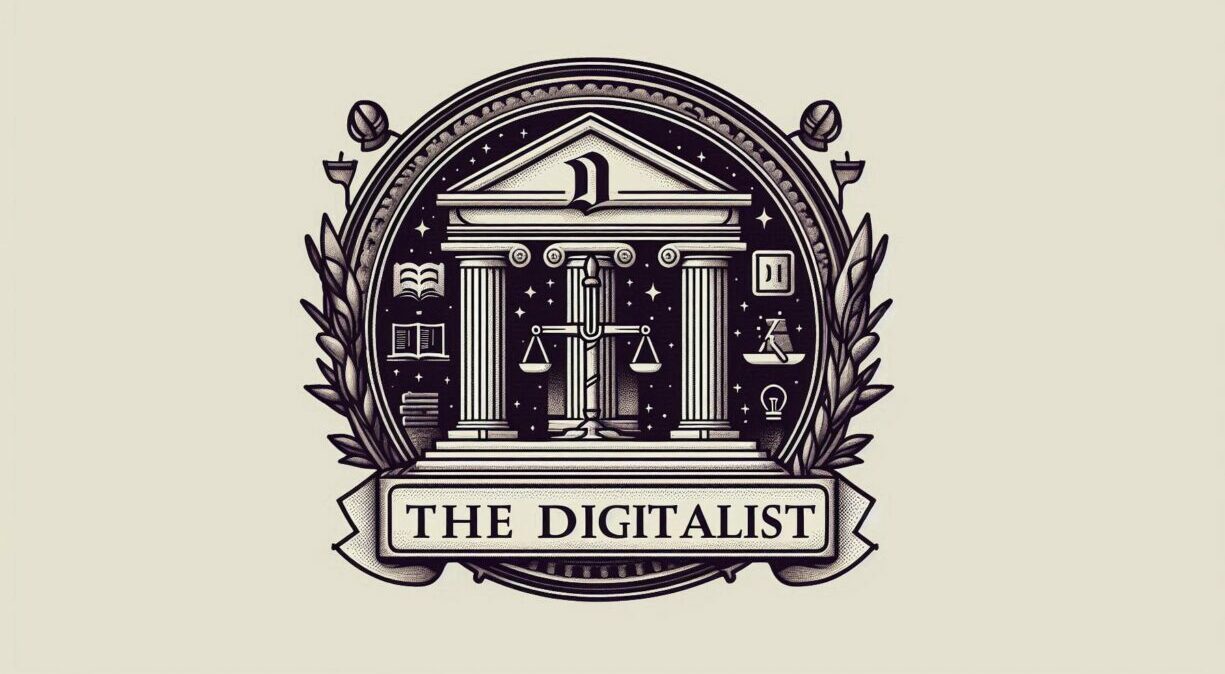Rediscovering the Pleasures of Pluralism: The Potential of Digitally Mediated Civic Participation | Vol. 30, No. 2
The authors explore how AI can foster new forms of civic engagement and direct democracy at both local and national levels. They propose designing digital infrastructure to enable collective decision-making…
A Vision of Democratic AI | Vol. 30, No. 2
The authors describe a set of scalable “alignment assemblies” that can be used to enable progress, safety, and participation in democracy in an AI-enabled future. They describe how the lessons…
Protected Democracy | Vol. 30, No. 2
The author explores the vulnerabilities in our democratic system that AI will affect. He advocates for “protected democratic deliberation,” akin to citizen assemblies, as a strategy to safeguard democracy in…
The Digitalist Papers—Introduction | Vol. 30, No. 2
The UCLA Journal of Law and Technology is proud to publish a reprinting of THE DIGITALIST PAPERS. Inspired by the Federalist Papers, THE DIGITALIST PAPERS series bridges domains and disciplines…
Patent Assertion Entities, Antitrust and Sham Litigation: Creating an Exception to the Noerr-Pennington Doctrine for PAEs | Vol. 30, No. 1
Patent assertion entities (PAEs) are major players in the contemporary patent litigation world. PAE patent litigation, which is defined by a high volume of lawsuits against the same or similar…
K9 Police Robots: An Analysis of Current Canine Robot Models Through the Lens of Legitimate Citizen-Robot-State Interaction | Vol. 30, No. 1
The advent of a robotized police force has come: Boston Dynamics’ “Spot” patrols cities like Honolulu, investigates drug labs in the Netherlands, explores a burned building in danger of collapsing…
From Torrens to Tokenization: The Evolving Role of Blockchain in Real Estate | Vol. 29, No. 2
This Article explores the current framework for recording property ownership and looks ahead to opportunities and challenges presented by emerging technologies. It further explores the potential applications of blockchain technology…
The Law and Economics of Privacy | Vol. 29, No. 2
Consumer welfare has been a north star of the Federal Trade Commission (FTC), providing an organizing principle for diverse issues under the Commission’s dual competition and consumer protection missions and,…






